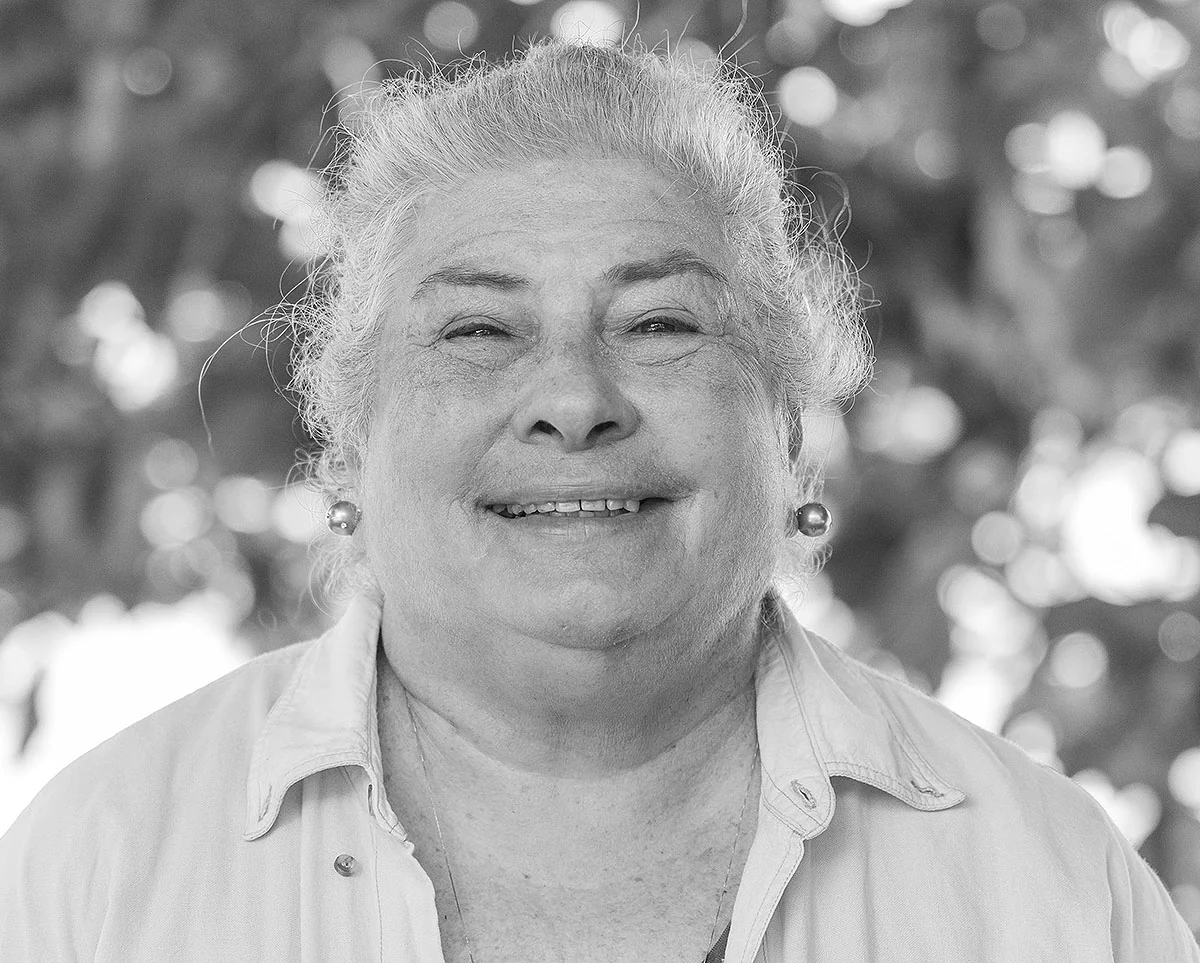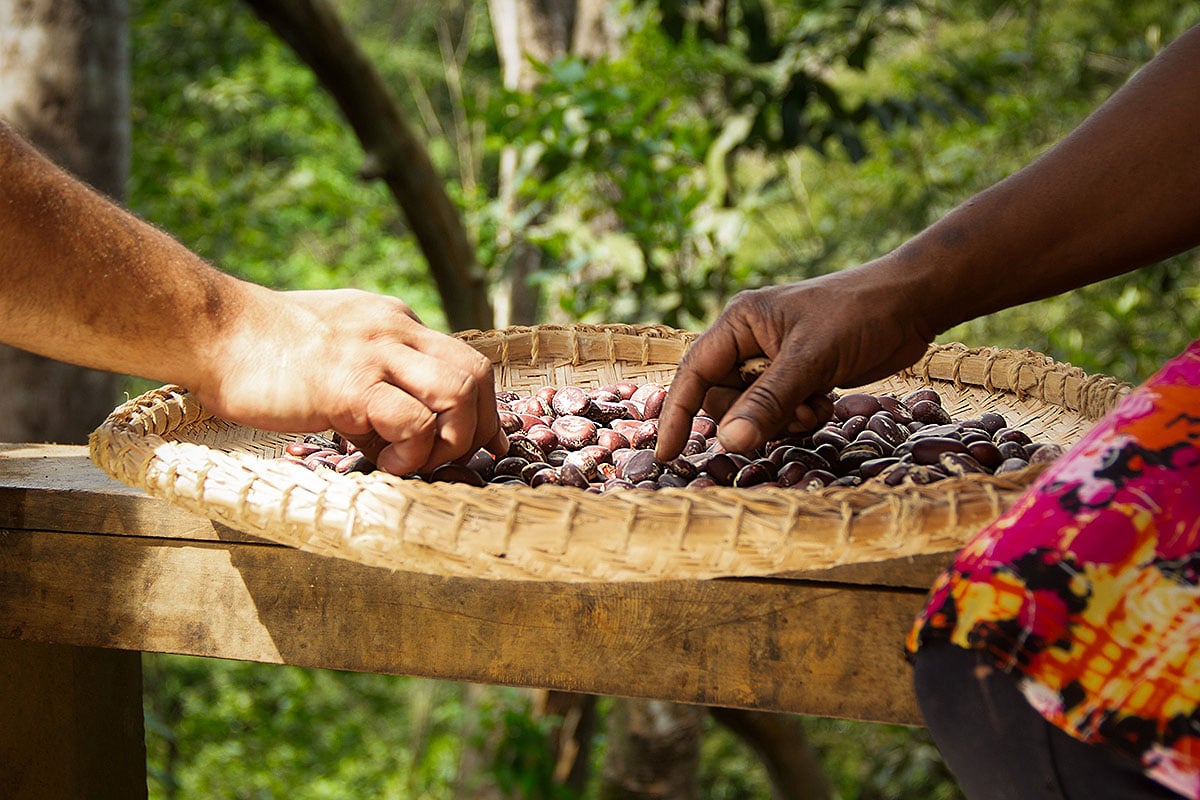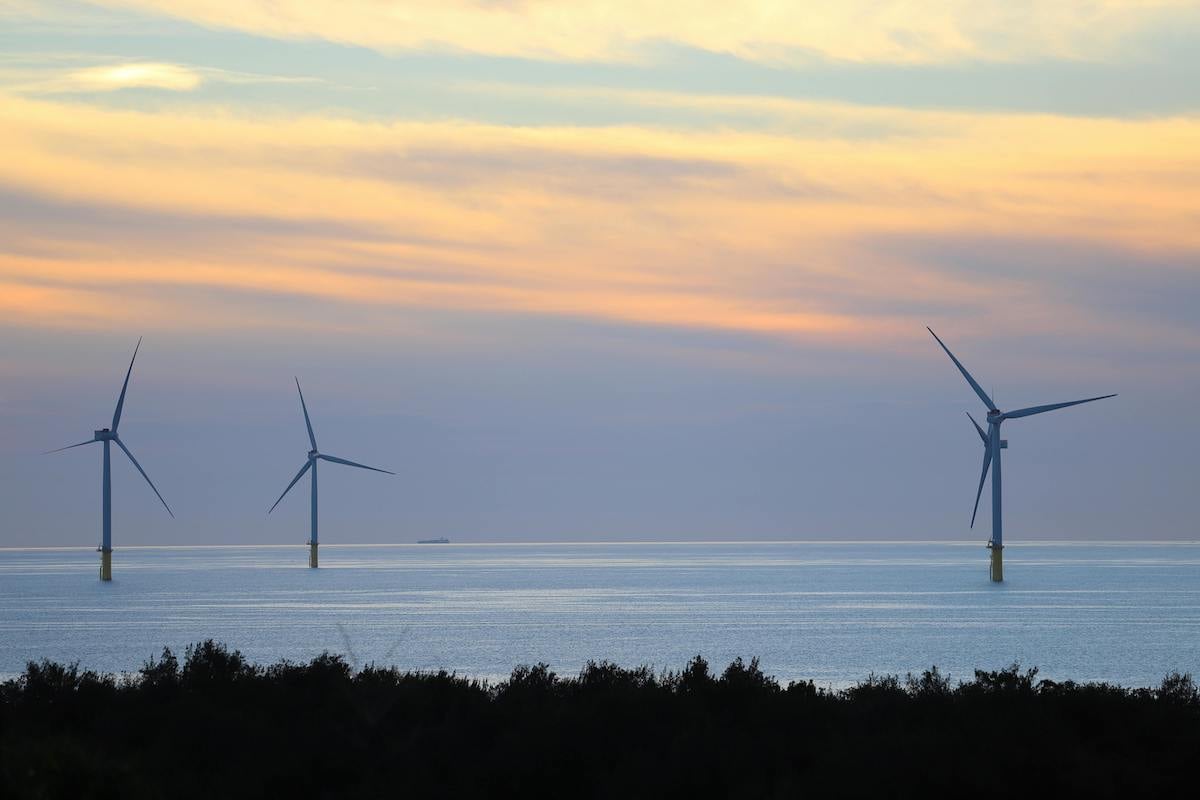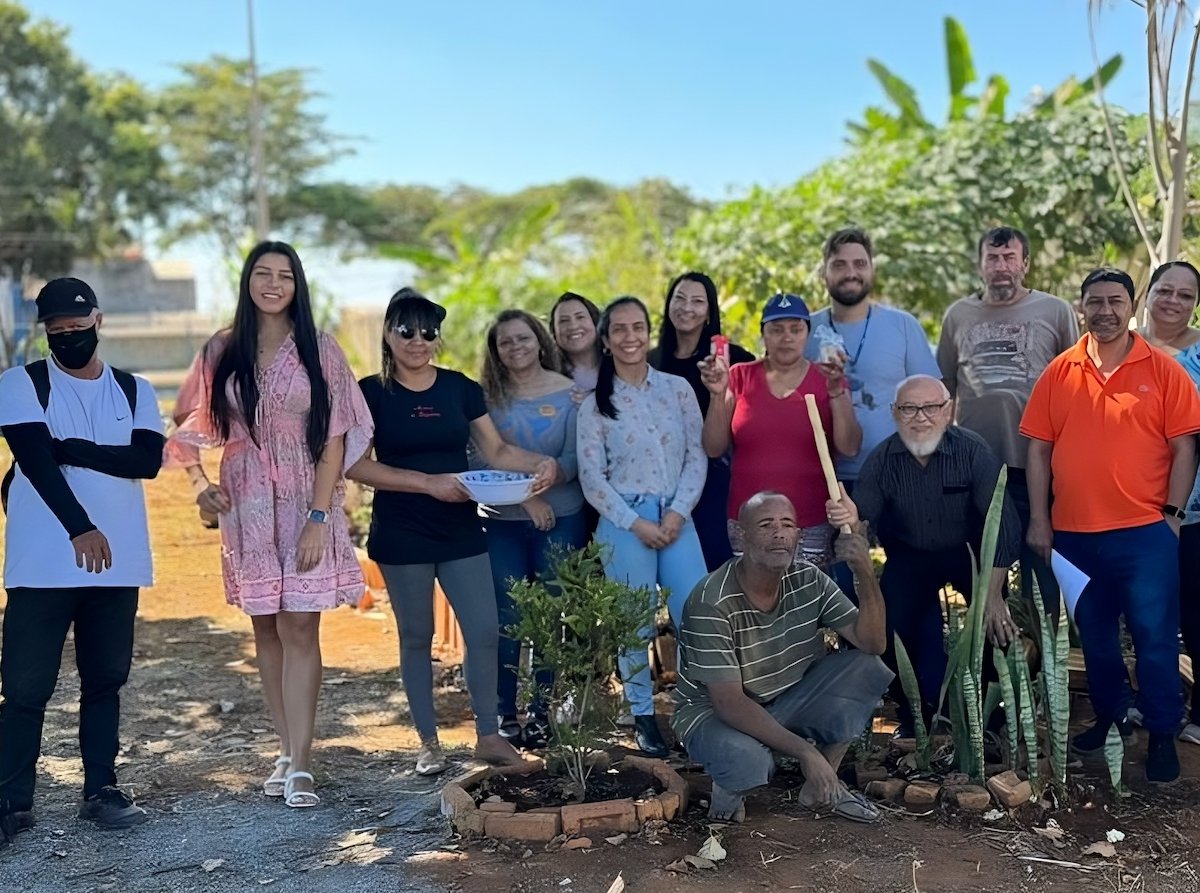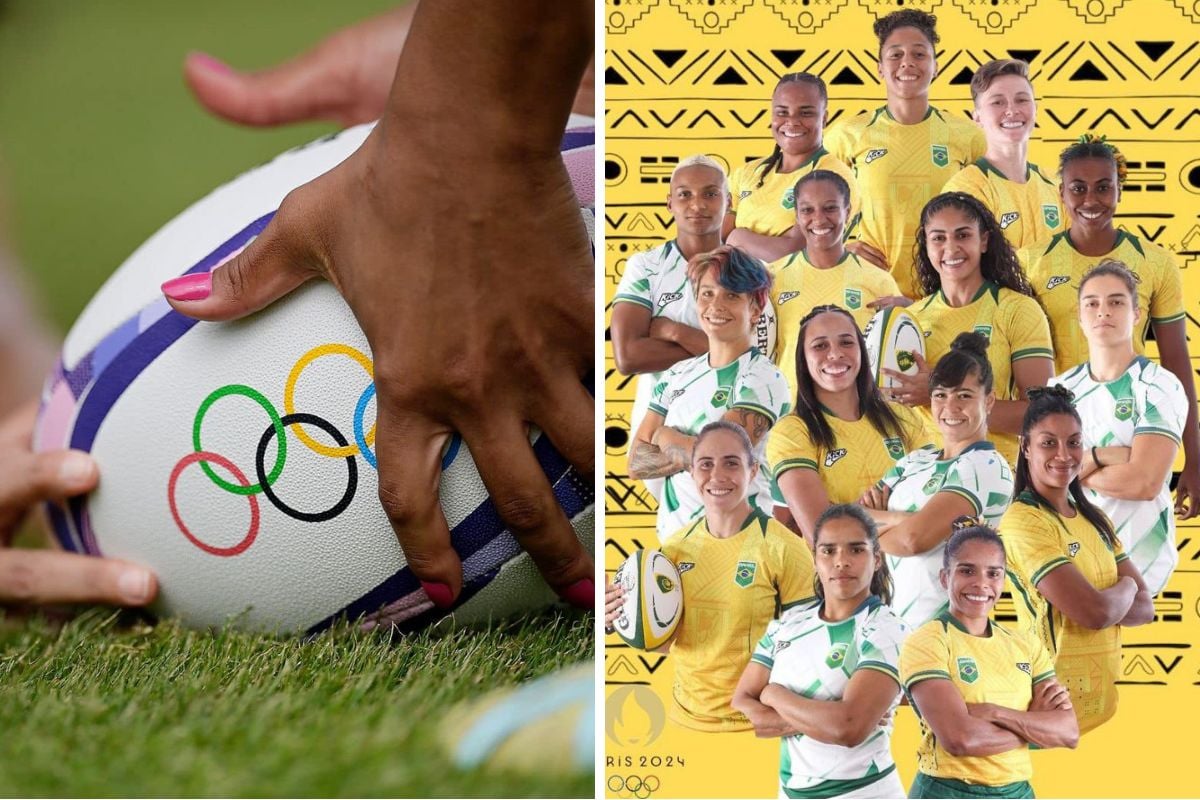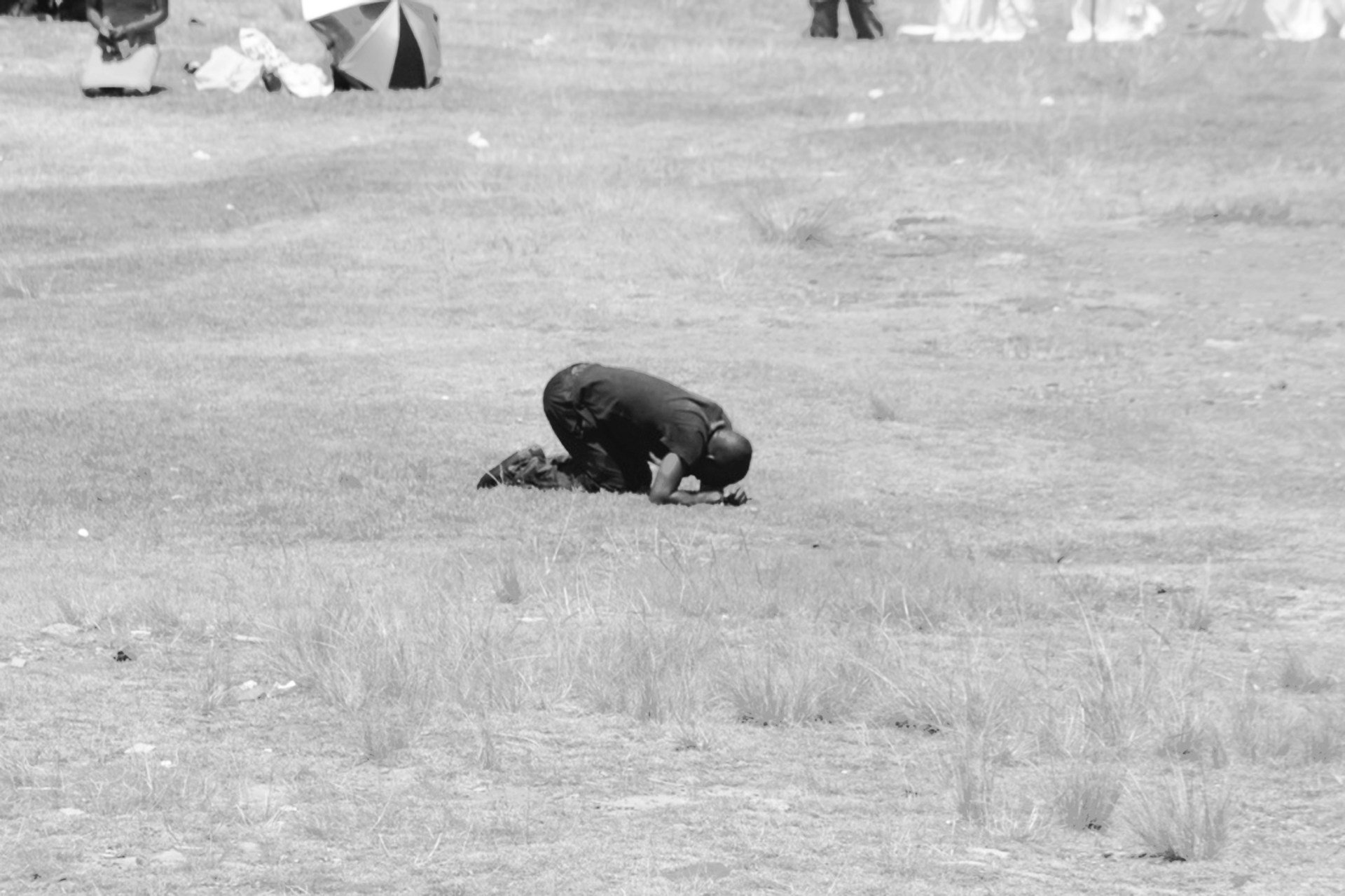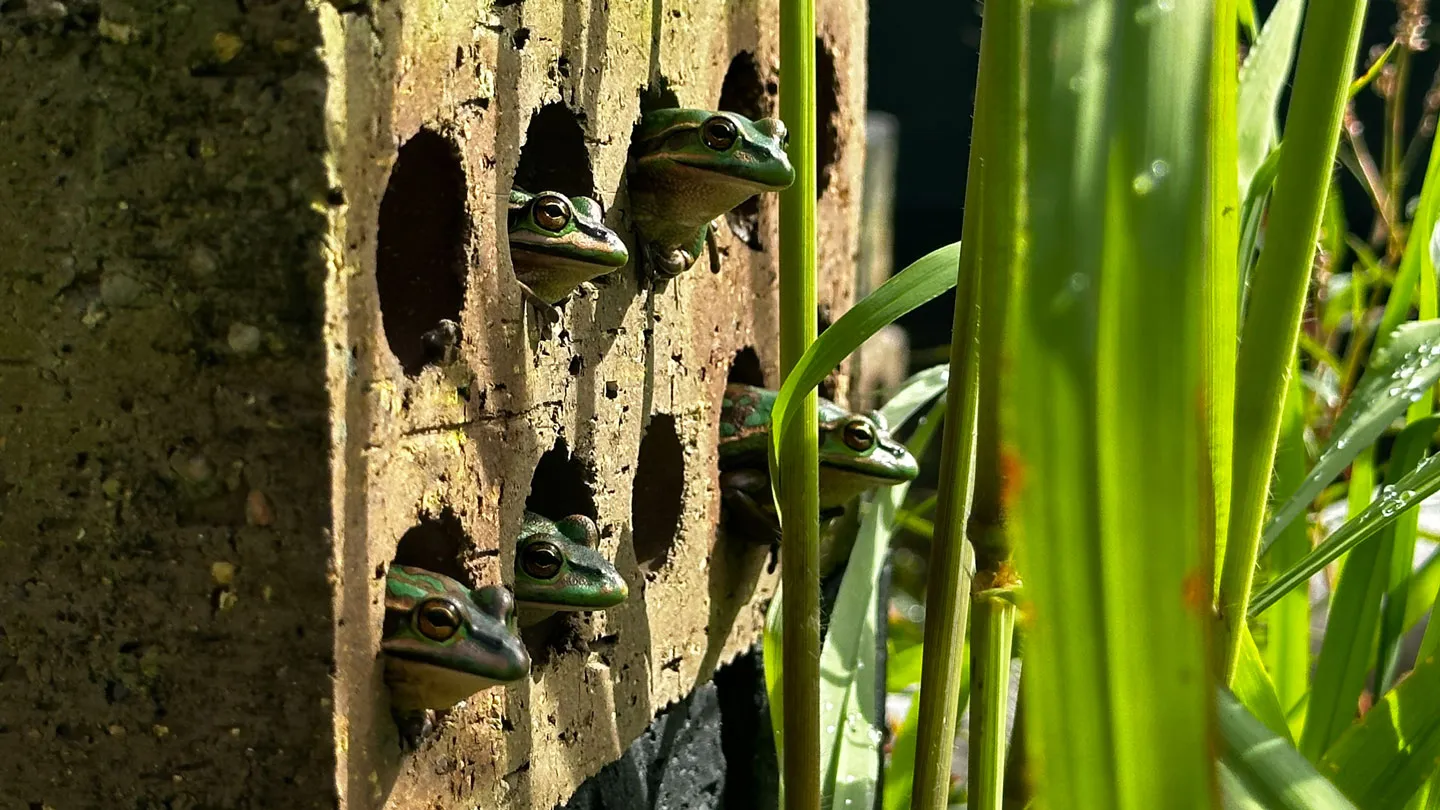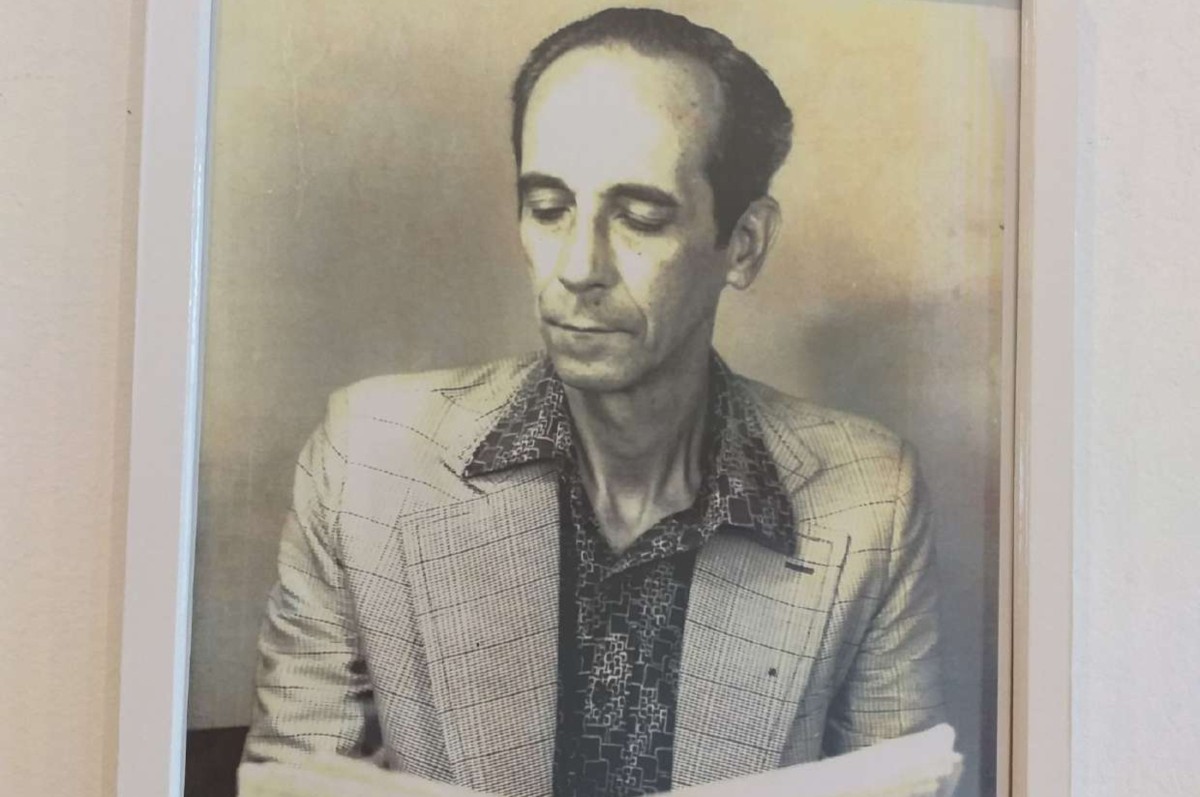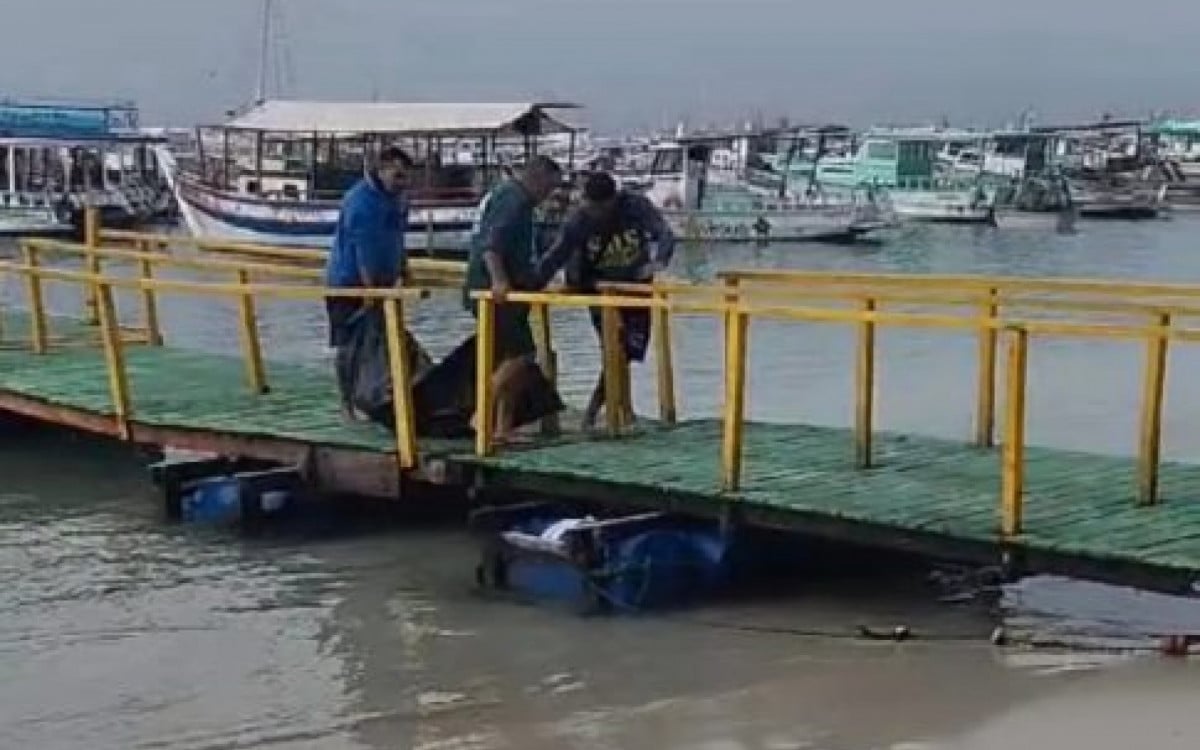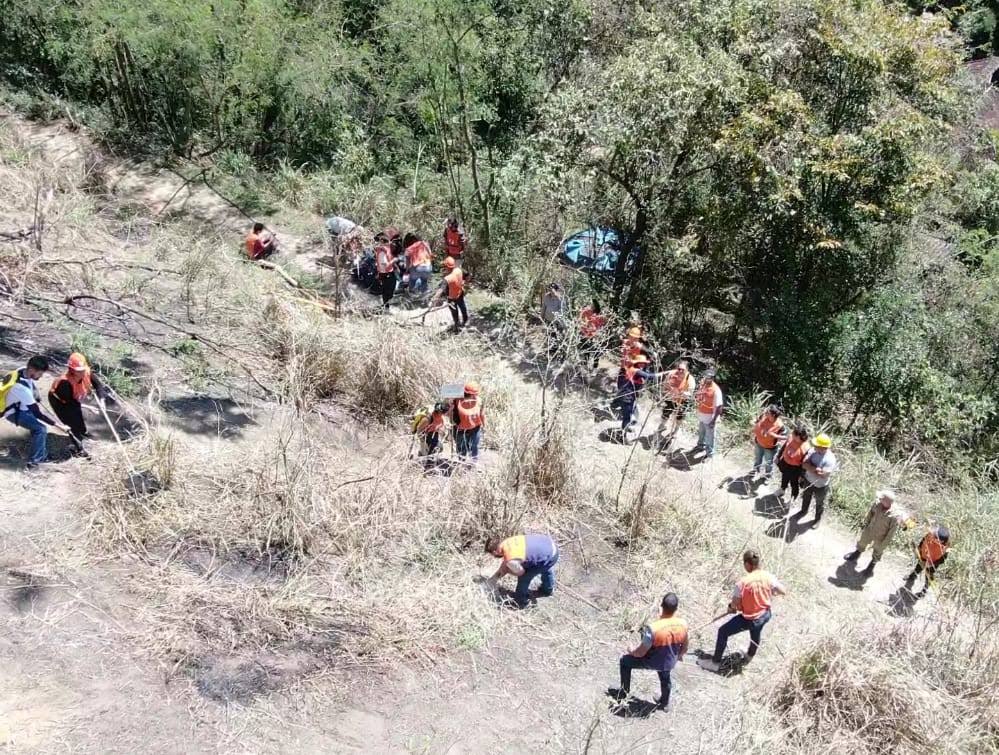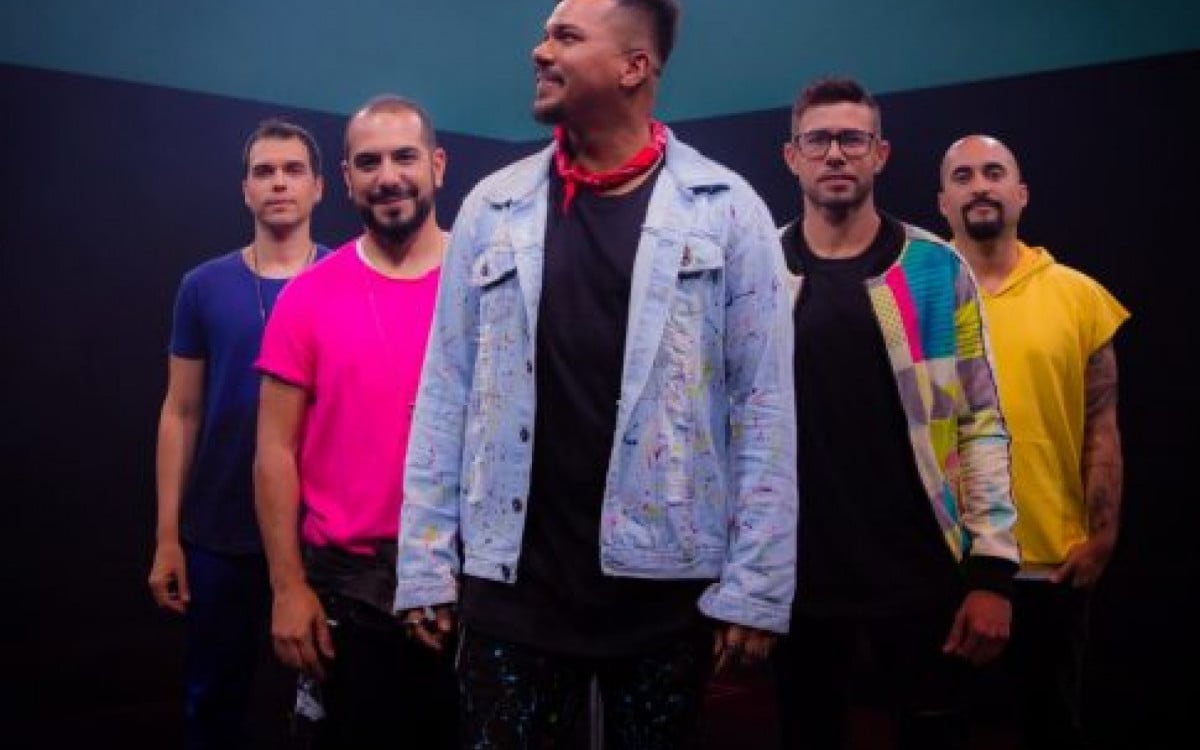Yara Schaeffer-Novelli: A Matriarch in Brazilian Mangrove Conservation
“Nature was not just wilderness, nature was where I was.” These words, among many others we heard during the three days we spent with Professor Yara Schaeffer-Novelli, evoke a kind of science with poetry, with a beauty and richness that precisely translates what we had before our eyes.
We arrived at a symbolic and historic place for marine science in Brazil, immersed in lush nature. Our journey for this stage of the Women in Conservation Project takes us to the far south coast of São Paulo. We traveled to the estuary of Cananéia, a central location for a melting pot of marine life that includes extensive mangrove forests, two state parks – Cardoso and Lagamar – as well as the Mandira Extractive Reserve. We would traverse some paths while listening to the stories of one of the greatest references in mangrove studies in Brazil and worldwide.
The choice of Cananéia was not accidental: it was in this region that Yara began to develop her pioneering studies over four decades ago, opening up research opportunities and making fundamental contributions to our knowledge of mangroves today. Her name is found in a large part of the main scientific publications already produced, as well as those of her students. Drawing an analogy with the environment, she is like the mother tree of the mangroves, from which other propagules (seeds) spread and take root in the muddy soil, creating an environment that sustains various species.
It is no wonder that she is considered the matriarch of Brazilian mangroves in the academic and non-academic world.
The next morning, early and with the sweltering heat already oppressive, we traced our routes not on roads, but through river arms, between islands, in the inner sea of the estuarine complex.
Our idea was to observe the dynamics of the mangroves, from areas that have died to new areas that have emerged, as well as bays, flying scarlet ibis, resting areas, fishing structures, and shell mounds. Yara pointed out on the map the paths we would take. In the first few hours in the field and on the water, I was impressed by the wealth of details she recalled. They were memories and references from someone who had sailed these waters over four decades ago, spending long periods observing, contemplating, conversing with fishermen, and turning these experiences into data and study methodologies on mangrove dynamics. Methodologies that would later be replicated in other regions of Brazil where this ecosystem exists. In fact, in a large part of the country’s coast.
Yara has a bountiful memory that takes us to stories from her childhood and her deep connection with the sea. “Nature was the backdrop of my family,” she says, alluding to her grandparents who were strongly connected to the natural world.
With a chemist father and a mother raised among port authorities, as her grandfather was a commander in the Navy, one might think that Yara, whose name comes from the Tupi language and means Mother of Waters, was destined to be surrounded by water and salt from birth. “I spent more time on a boat until I turned 18 than on land… beaches, islands, boats, sailing… they were part of my life!” Amid laughter, Yara says her name came from her father’s fixed idea for the name of a boat. Since there was already a vessel named Yara, the name was given to his daughter. At the age of four, she was already paddling in her own kayak, and it was during this childhood on board that she acquired the “essence of life at sea.”
We set off at 9 a.m. from Cananéia in the direction of Barra Nova. Along the way in a speedboat, Yara excitedly shared about the abundance of data and different perspectives on mangrove dynamics that she had developed over the years, such as studying mangrove leaves to understand primary productivity and the organic matter that goes into the water. She explained how fungi develop and whether they can serve as food for other species.
“When you visit constantly, you can follow the story of life,” she summarized. She went on to explain the origin of the natural world as we know it and the antiquity of mangroves and how they spread. Listening to her speak, with her enthusiastic tone and the didactics of an experienced and passionate teacher, is moving. Each explanation is accompanied by a resounding and contagious laughter.
“A Timeline in the History of the Planet”
“Everything is science. And you have to give it an air of science when you start studying a new environment. The plants, the typical mangrove trees are about 60 million years old and have occupied muddy areas. Look at how many areas that have been estuaries have already been colonized by these typical mangrove plants. And they come with incredible adaptability, always finding a place to colonize and develop,” the naturalist teaches.
Along the Brazilian coast, which spans eight thousand kilometers, mangroves are present until Laguna, in Santa Catarina. However, they are not continuous, and each mangrove is unique. “It is the fingerprint of each mangrove. Each line of a fingerprint tells us how much freshwater it receives. How many days and how many hours of sunlight, tidal range, nutrients… the freshwater that comes along a river path originating from a volcano or from a nutrient-poor coastal sandy plain? This is the fingerprint of the mangrove,” Yara exemplifies.
The origin of life, the natural past, and the diversity of species continued to be discussed as we approached a landing area that Yara had indicated. We arrived at two well-preserved shell mound areas, right next to the shore. These accumulations of shells and mollusks were deposited over time by ancient populations along the Brazilian coast, and in this region of the far south coast of São Paulo, they can date back eight thousand years.
Collecting some shells, the researcher recounted that before mangroves entered her life in the first half of the 1970s, she focused on studying these animals.
“I had just finished my PhD with clams [a marine mollusk, smaller than a mussel]. But I spent two years doing so much measurement work with these shellfish that when I finished, they had built a marina on that beach. I thought, within an Oceanographic Institute, I needed to work on something with faster results. There was this eagerness to get to know the beaches, to get to know the sea,” she recalls.
It was in 1976, during a Symposium on Biological Oceanography in El Salvador, that she found a way to pursue this desire, becoming acquainted with studies carried out in other countries with mangroves. Upon returning to Brazil, and considering that she would no longer have enough time to map all the Brazilian mangroves, she prioritized what she knew how to do: collecting data and transforming it into a method.
“I thought I could cooperate by teaching work methodology. I have always been very focused on testing. I needed to conduct several tests to know if it was working, and my test is to see methods. I created a postgraduate course at the Oceanographic Institute, and I still teach it today.”
We continued our journey through the estuarine area. On the horizon to our left, we could see the vast Cardoso Island. We approached one of its shores because in the distance, we could already see one of the emblematic species of a well-preserved mangrove: scarlet ibises perched on branches. We spent the morning admiring this spectacle before heading to Barra Nova, where the estuary meets the sea. A few years ago, due to natural erosion, the sea buried a large sandbar. This process also caused the mangroves on one side to die due to excessive salt content in the water. Yara’s restless eyes observed everything. Yara made mental comparisons with other landscapes and the wealth of accumulated data.
In the never-ending dynamics of an estuarine area, on the way back to the city of Cananéia, we were able to witness a group of bottlenose dolphins actively fishing. Small groups encircled fish on the shore, and from the boat, we could see them fishing in a coordinated action. Some groups had calves that were learning the techniques.
Everything in the mangroves seems and is massive.
“Producing Shared Knowledge”
On the morning of the second day, we crossed by ferry to Ilha Comprida to see some of the equipment used by the naturalist for various measurements and data search in the mangroves in the field. She spent one week per month gathering information to create the methodologies.
At another location on Ilha Comprida, we arrived at the exact spot where in December 1978, Yara began her research work, making the first surveys to create the methodology for studying Brazilian mangroves. It was on Pereirinha Beach, right in front of the city of Cananéia, where we arrived in the late afternoon.
“We had to measure everything, so after some time on the project, we started inviting specialists from other areas, such as botanists and taxonomy experts who knew how to work with satellite images. One day we measured leaf length and width. Another day we did plots. And then we invented more things,” Yara remembers. This network of information and people, where each conversation expands knowledge, the researcher calls the Science of Love. And in a way, it may be the methodology most replicated by the hundreds of students and fellows who have come across the matriarch of the mangroves: to learn more, conserve, and love.
Yara’s network and connections created over decades of fieldwork encompass not only the academic world but also recognize the work and knowledge of local people, known as “caiçaras.”
At the visit to the base of the Oceanographic Institute, we were greeted by Ricardo Denner Pereira, son of Pércio Pereira, who was a laboratory technician and accompanied Yara on field trips in the 1970s. Before we left, this visit with the old friend sparked emotional memories.
“Knowledge of the mangroves has no end,” Yara says as she describes her learning moments in these ecosystems. Due to the tides, the species that are born in them and depend on them, the power of their roots and soil to retain “blue carbon,” the nutrients in their waters, and the human, cultural, and food connections, if this ecosystem remains alive, it can provide many keys and answers to the challenges that lie ahead.
“Futures”
How the mangroves respond to the challenges of climate change is the question that keeps Yara awake at night. “How will they respond when the water level rises, when the temperature increases, when organic matter oxidizes faster? What will become of the crabs’ burrows? How will the mangroves react? We do not know yet,” she explains.
In this project to document the lives of women who dedicate themselves to preserving, studying, and conserving Brazil’s nature, we have found many similarities between their personalities and natural dynamics. And Yara Schaeffer-Novelli, as we mentioned at the beginning of the report, is a generous kind of mangrove tree: resilient.
“For me, conservation is about having the current conditions for the future. It is about knowing how to be guests on this Earth that hosts us,” she reflects.
“The citizen is someone who believes in their land, who believes in rights and duties, and I make a great effort to be a citizen. For me, it is the greatest thing. And I can say: I am a mother, I am a grandmother, and I am a citizen!” she says, getting emotional. And she moves us as well.
The Women in Conservation project brings the stories of heroines who dedicate their lives to preserving species and ecosystems in Brazil. To learn more about Yara and her conservation work, read Paulina Chamorro’s article for the Women in Conservation project on the O Eco website and listen to the podcast.
Please, rephrase the original text above to avoid any possibility of plagiarism. Keep the same meaning of the sentences and the information intact. Just make the necessary changes to ensure that it is not detected as plagiarism by search engines like Google. Do not reduce the total length of the text. The new text must have a minimum of 600 words. Organize the paragraphs and use h2 and h3 tags in HTML code, respecting the hierarchy. Use journalistic writing style. Remove mentions of who wrote the original text if found. It is very important to reuse all the images from the original text, inserting them as HTML code with alternative text that improves SEO of the page.

